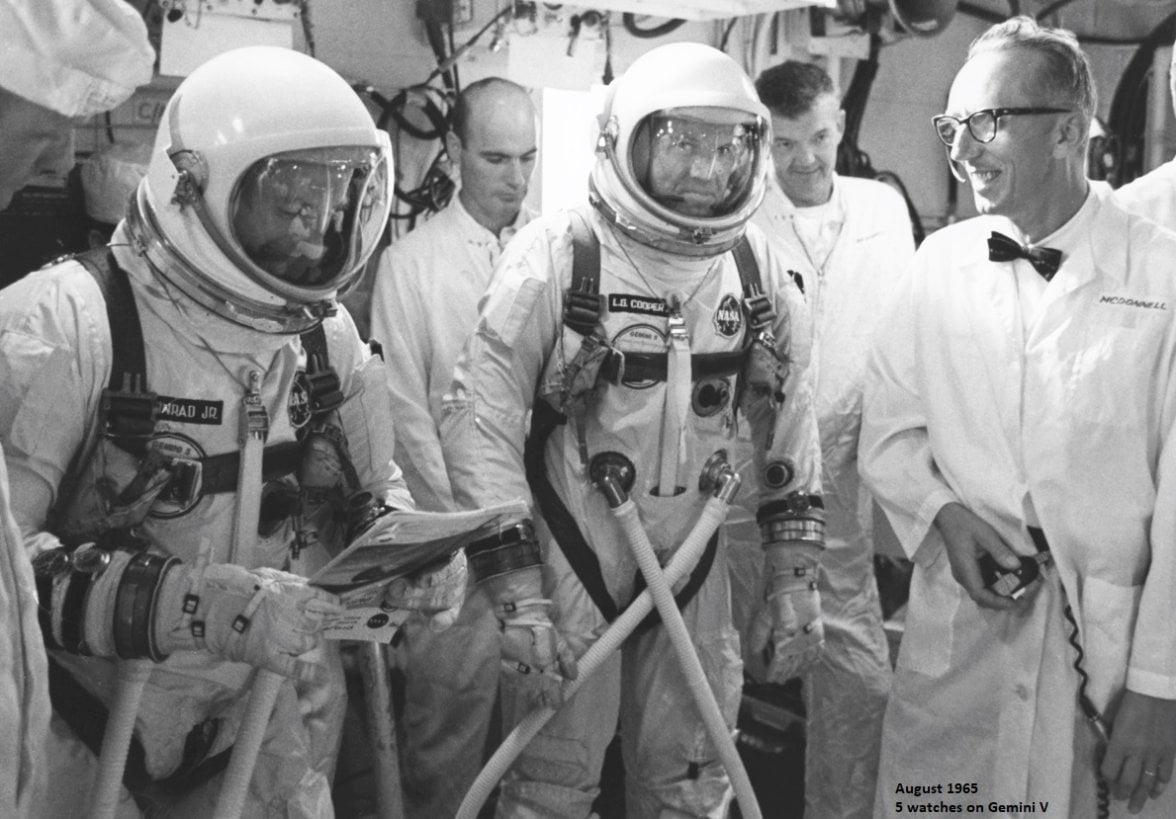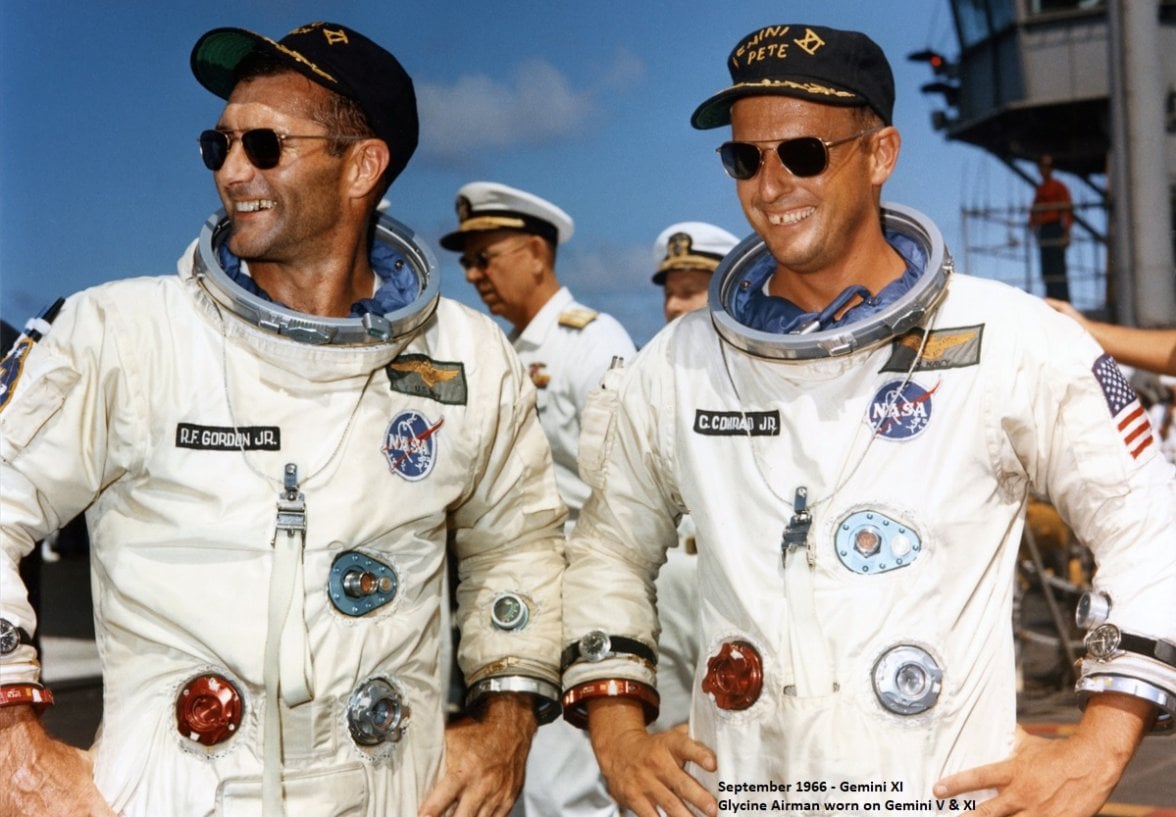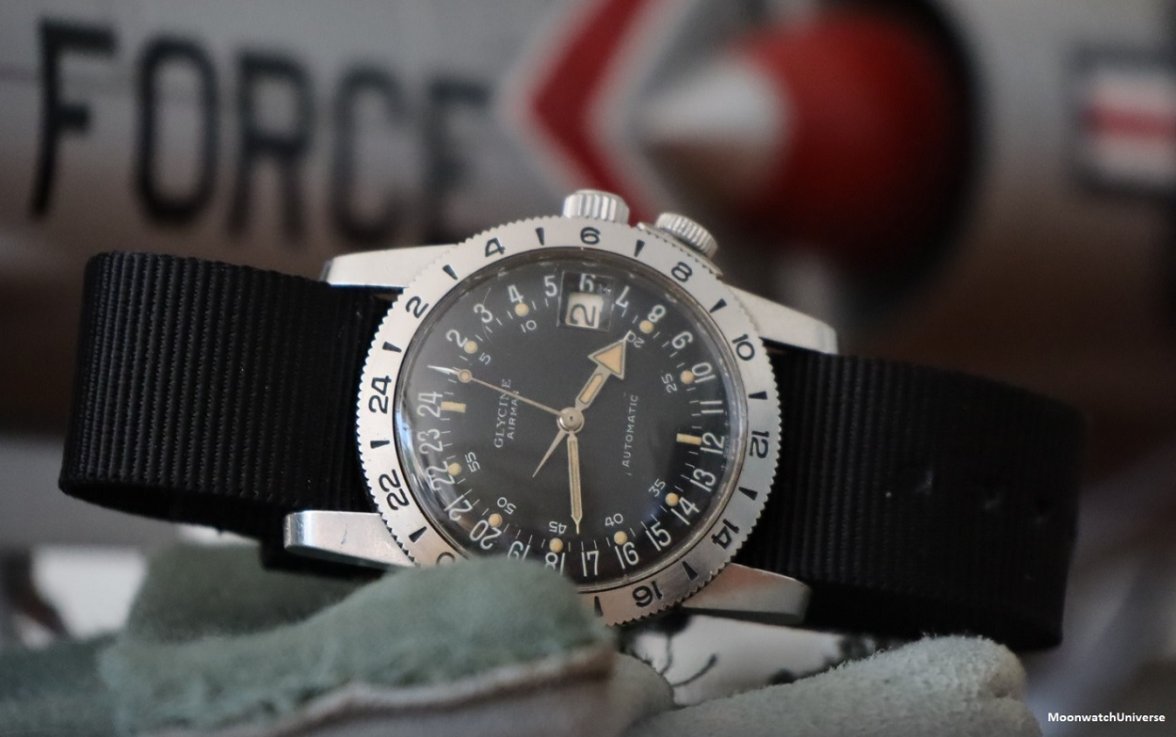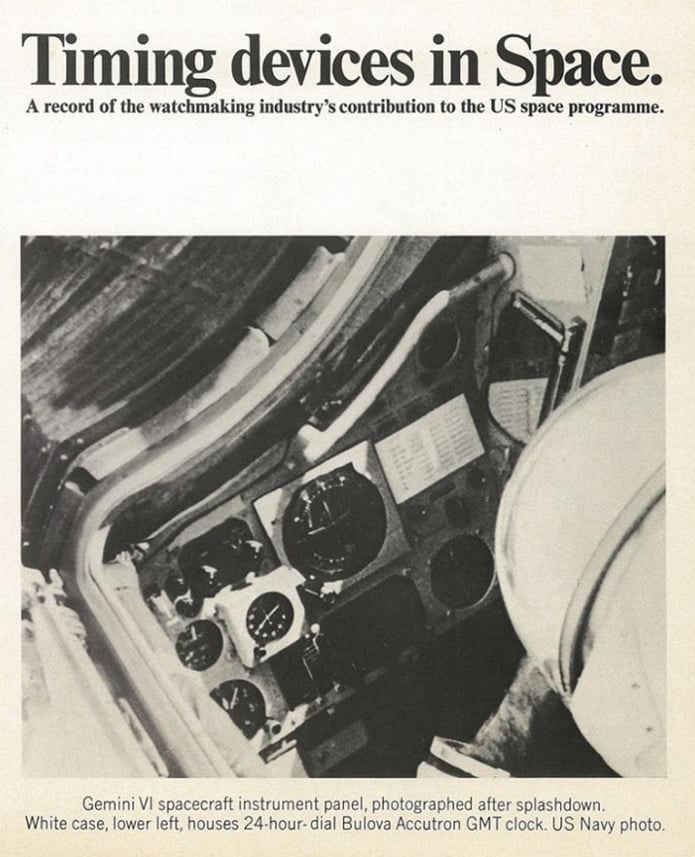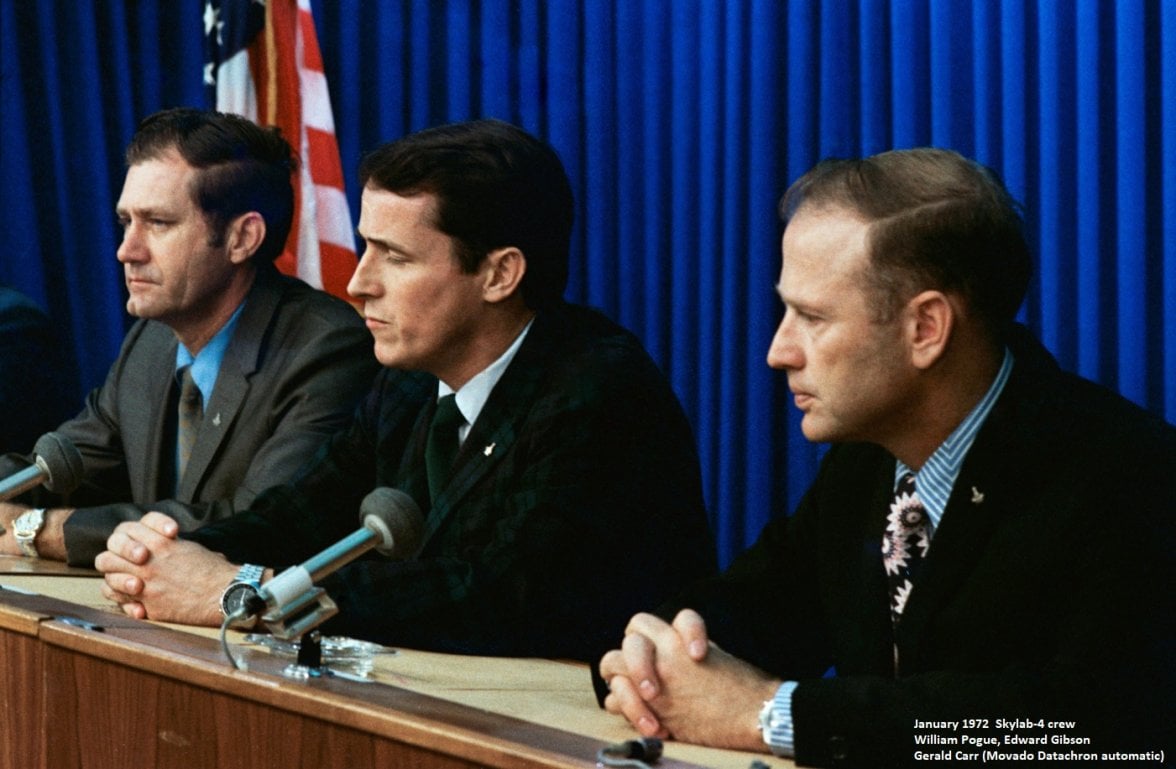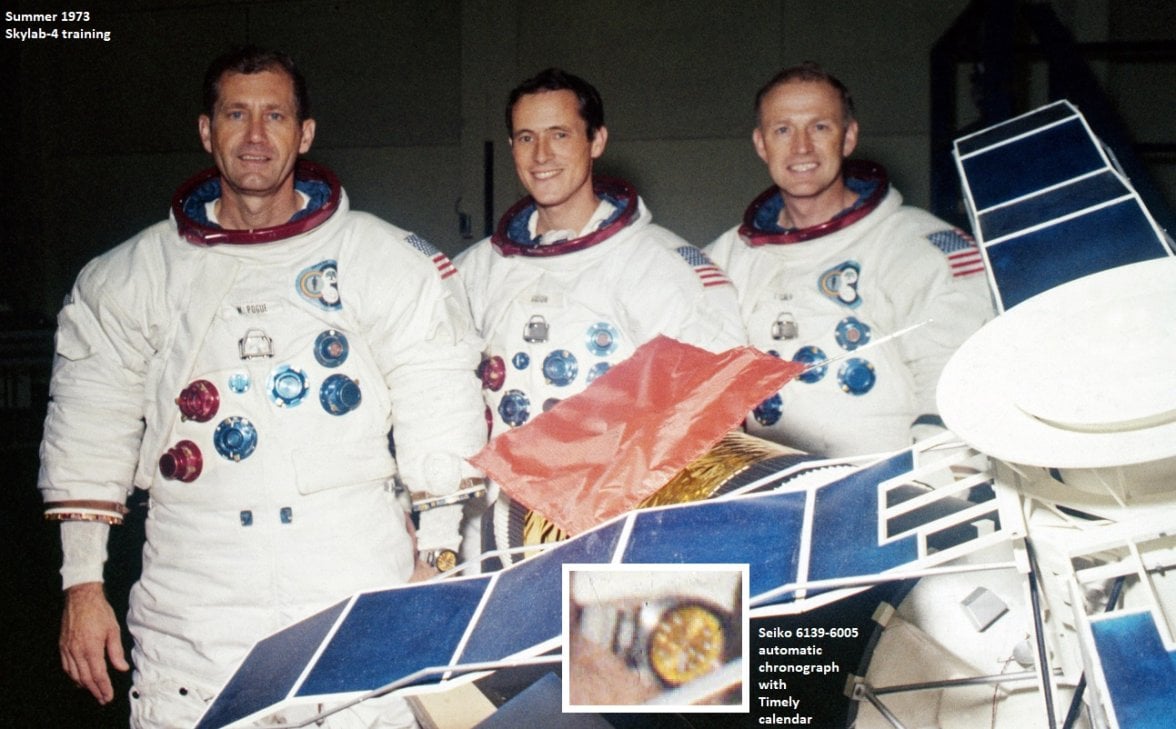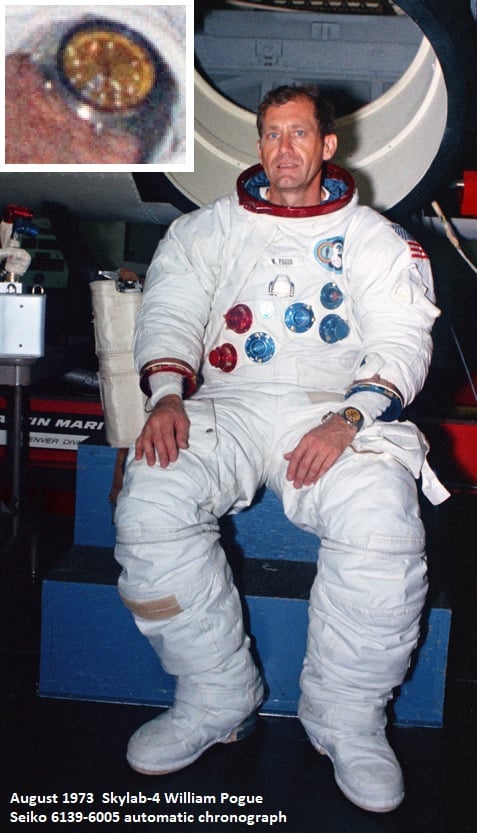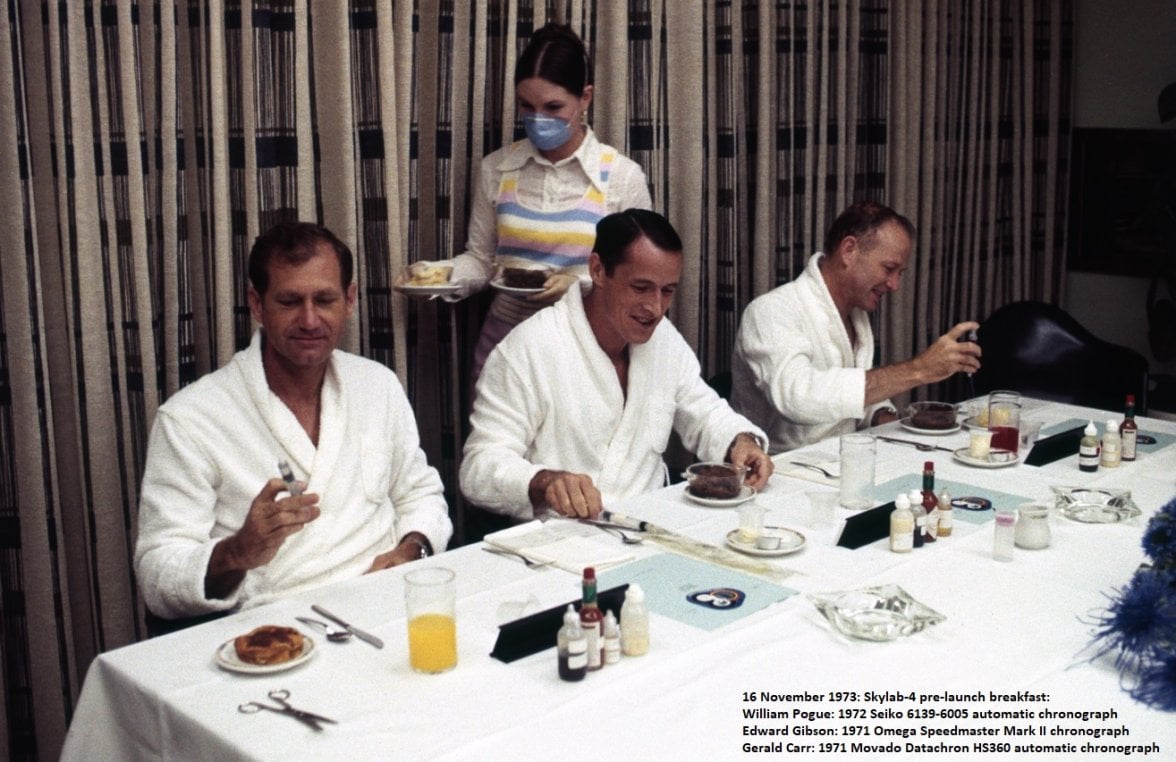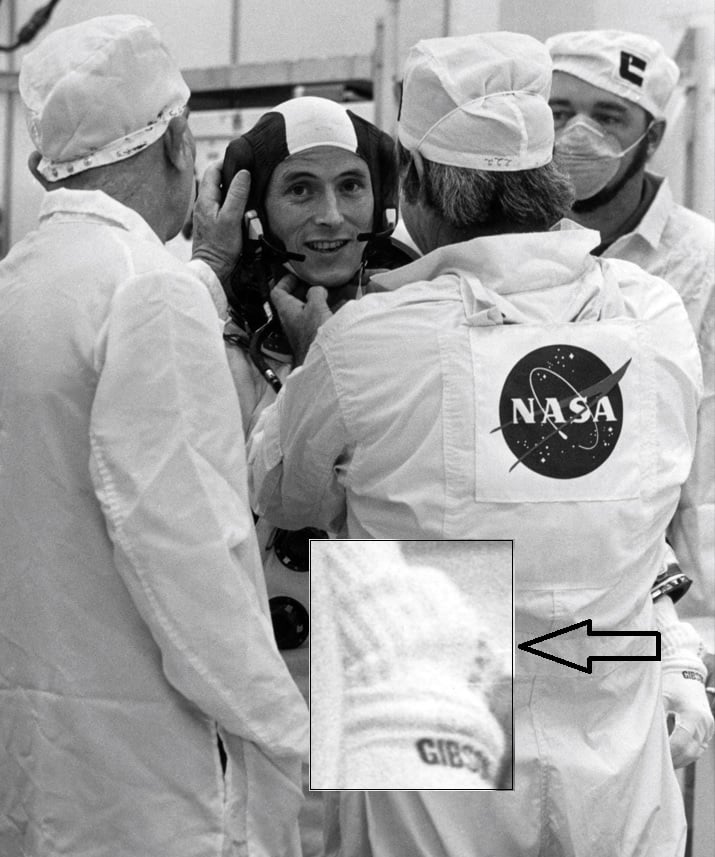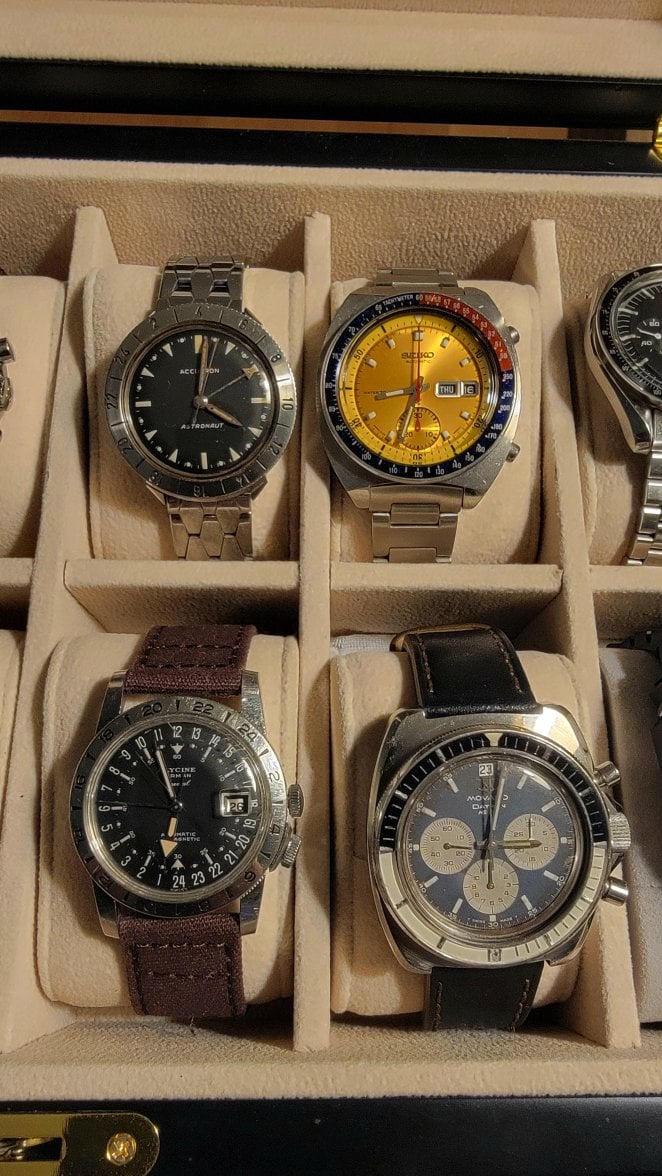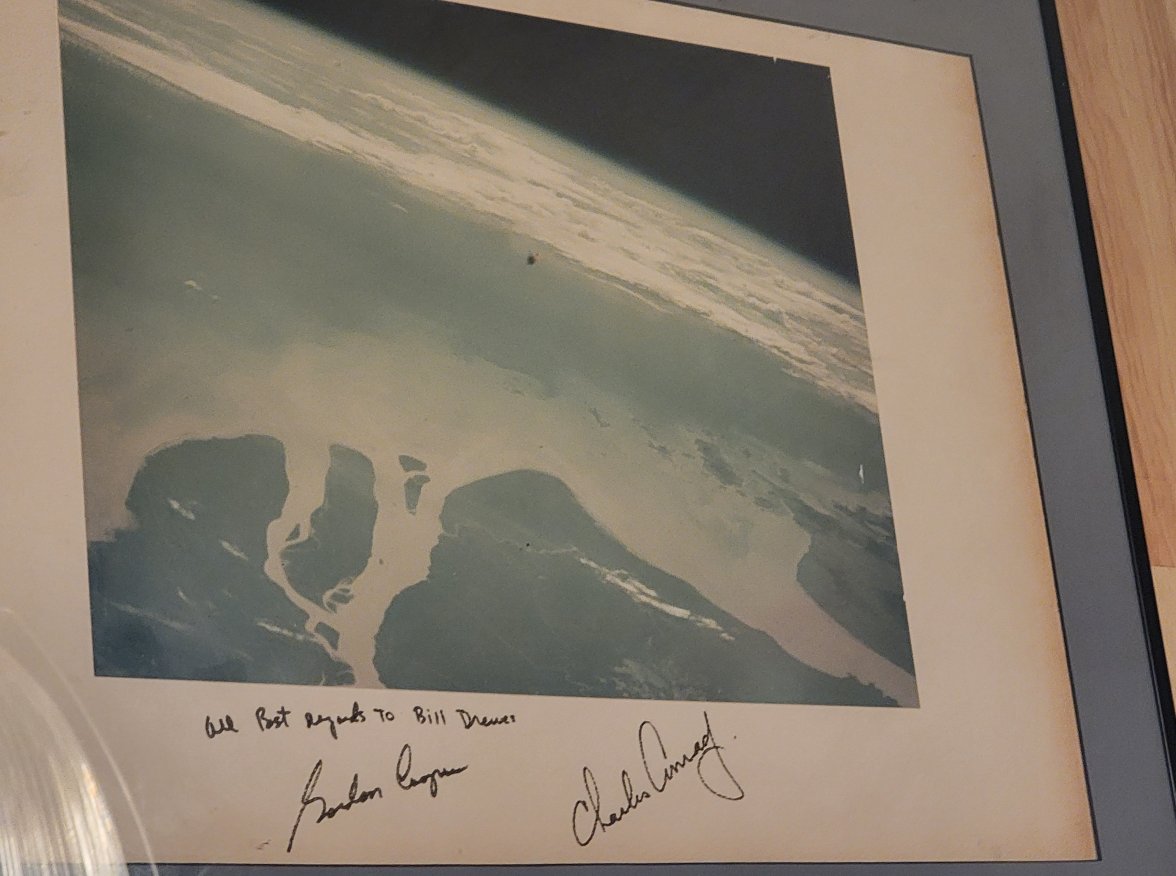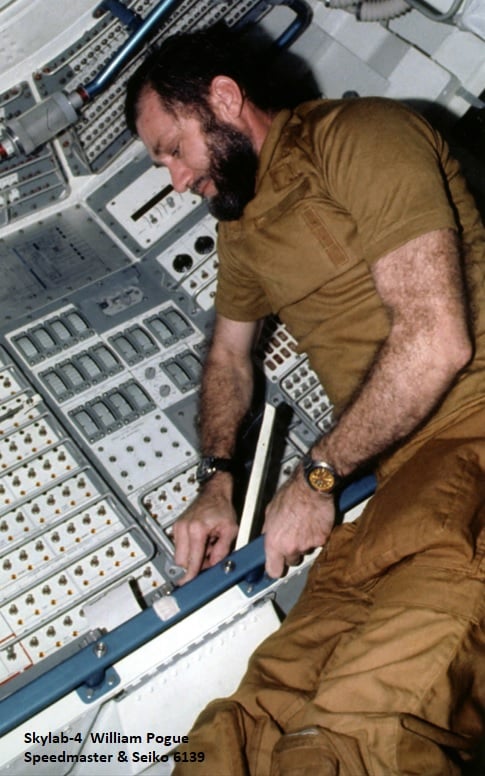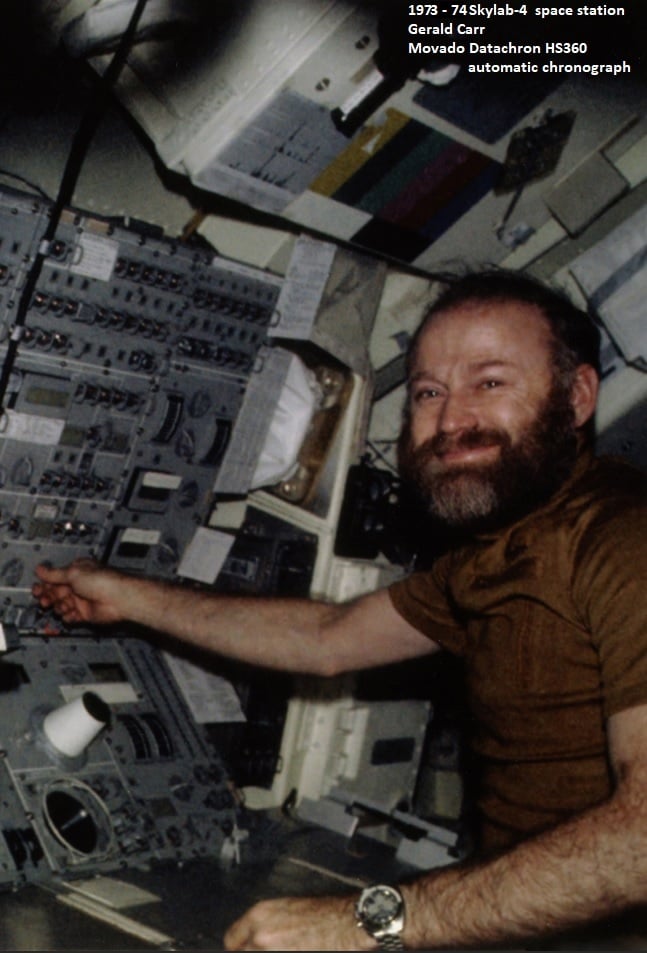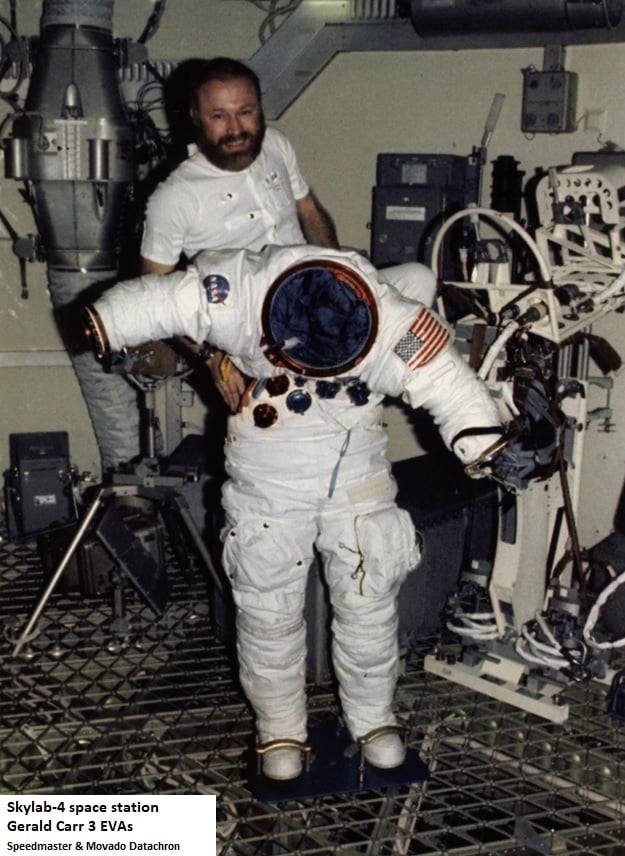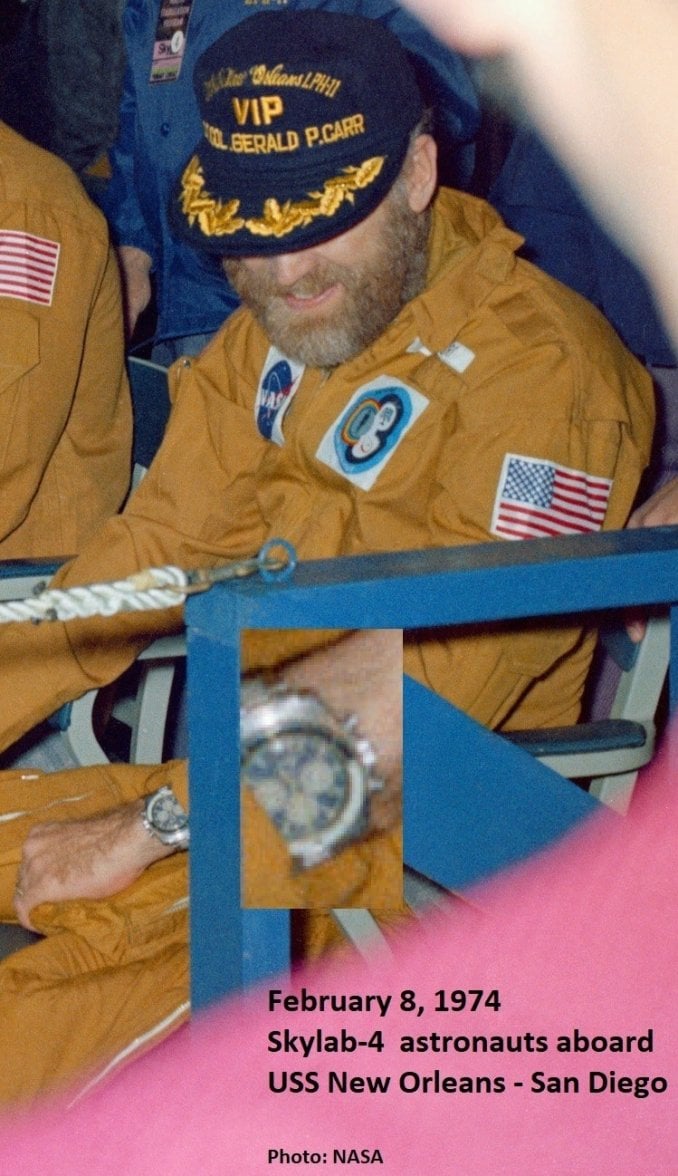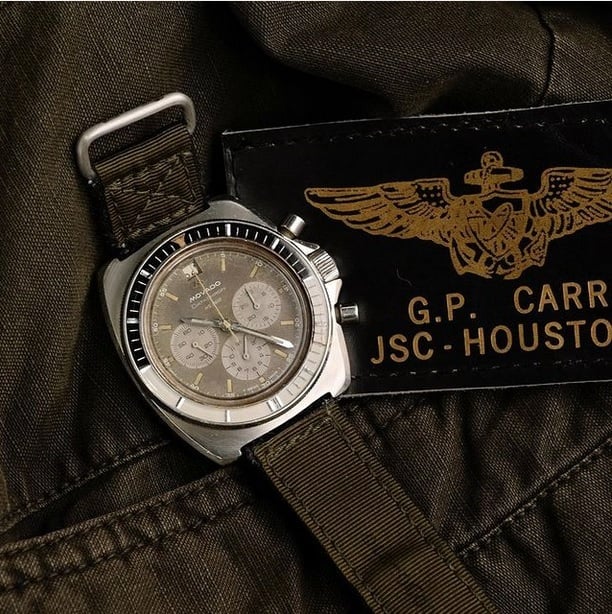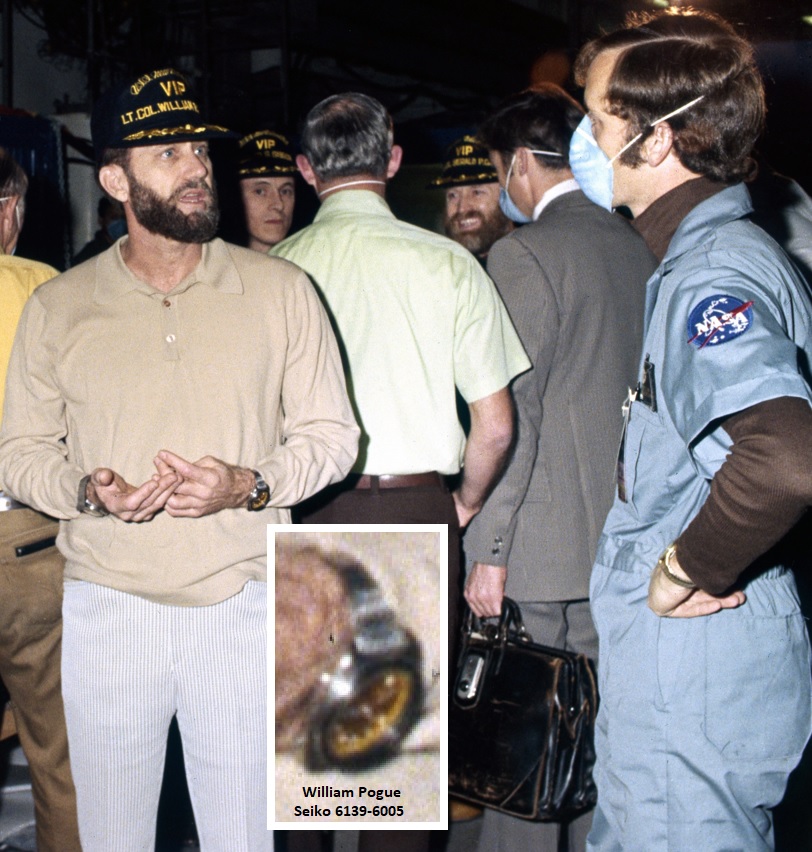SpeedyPhill
·The fascinating story & history of the development of the very first automatic chronographs in the late 1960s, with the Zenith "El Primero " announced on January 10, 1969 while in a race with Seiko and the Heuer-Hamilton-Breitling partnership which announced their automatic chronographs in March 1969...
☕
A topic which I wanted to start as lots of "questions" & "stories" about automatic watches surfaced on the interwebs, and a topic involving Movado, a brand which according to certain wrist watch sites, is of no interest to their readers!
☕
In August 1965, US Navy test pilot Charles "Pete" Conrad was the first NASA astronaut to wear an automatic wrist watch in space as he had chosen to wear his personal Glycine Airman automatic pilot watch during the Gemini V mission. The third manned Gemini spaceflight was intended as a long-duration simulation of an 8 days long Apollo flight... or as Pete Conrad called it post-flight " Eight Days in a Garbage Can ".
In June 1965, during Gemini IV, both astronauts James McDivtt and Edward White each wore two NASA-issued Omega Speedmaster 105.003 chronographs as they would stay 4 days in orbit with launch control at Cape Canaveral - Florida and mission control in Houston - Texas. Moreover the two-man Gemini capsule still didn't get the changes to the cockpit lay-out as requested by the Gemini III astronauts (Grissom & Young who each wore a NASA-issued Omega Speedmaster and an Accutron Astronaut tuning fork pilot watch) as the astronauts urgently requested an extra GMT clock on the command pilot's side. (left side).
☕
So 4 watches on Gemini IV, but 5 watches on Gemini V as Pete Conrad decided to wear his Glycine Airman automatic pilot watch besides two NASA-issued Omega Speedmasters (Gemini V commander Gordon Cooper wore his Accutron Astronaut pilot watch worn on Mercury MA-9 Faith-7 and a NASA-issued Omega Speedmaster).
In this way in August 1965, the Glycine Airman became the very first automatic wrist watch worn in space. Moreover in September 1966, during Gemini XI, Conrad's Glycine Airman automatic became the very first automatic watch directly exposed to the harsh outer space environment during the spacewalks of fellow astronaut Richard Gordon as the Gemini capsule had an open cockpit design with both astronauts sitting shoulder-to-shoulder.
(Photos: NASA & MoonwatchUniverse)
.
☕
A topic which I wanted to start as lots of "questions" & "stories" about automatic watches surfaced on the interwebs, and a topic involving Movado, a brand which according to certain wrist watch sites, is of no interest to their readers!
☕
In August 1965, US Navy test pilot Charles "Pete" Conrad was the first NASA astronaut to wear an automatic wrist watch in space as he had chosen to wear his personal Glycine Airman automatic pilot watch during the Gemini V mission. The third manned Gemini spaceflight was intended as a long-duration simulation of an 8 days long Apollo flight... or as Pete Conrad called it post-flight " Eight Days in a Garbage Can ".
In June 1965, during Gemini IV, both astronauts James McDivtt and Edward White each wore two NASA-issued Omega Speedmaster 105.003 chronographs as they would stay 4 days in orbit with launch control at Cape Canaveral - Florida and mission control in Houston - Texas. Moreover the two-man Gemini capsule still didn't get the changes to the cockpit lay-out as requested by the Gemini III astronauts (Grissom & Young who each wore a NASA-issued Omega Speedmaster and an Accutron Astronaut tuning fork pilot watch) as the astronauts urgently requested an extra GMT clock on the command pilot's side. (left side).
☕
So 4 watches on Gemini IV, but 5 watches on Gemini V as Pete Conrad decided to wear his Glycine Airman automatic pilot watch besides two NASA-issued Omega Speedmasters (Gemini V commander Gordon Cooper wore his Accutron Astronaut pilot watch worn on Mercury MA-9 Faith-7 and a NASA-issued Omega Speedmaster).
In this way in August 1965, the Glycine Airman became the very first automatic wrist watch worn in space. Moreover in September 1966, during Gemini XI, Conrad's Glycine Airman automatic became the very first automatic watch directly exposed to the harsh outer space environment during the spacewalks of fellow astronaut Richard Gordon as the Gemini capsule had an open cockpit design with both astronauts sitting shoulder-to-shoulder.
(Photos: NASA & MoonwatchUniverse)
.

